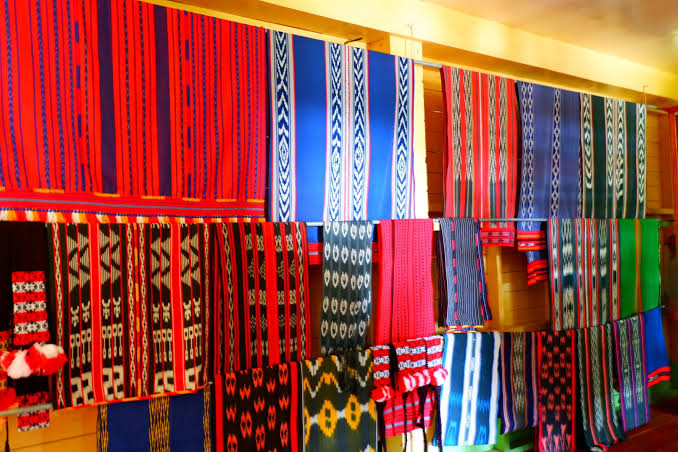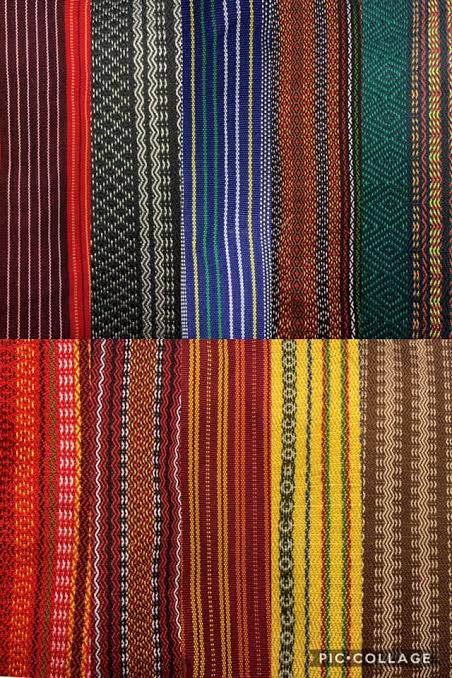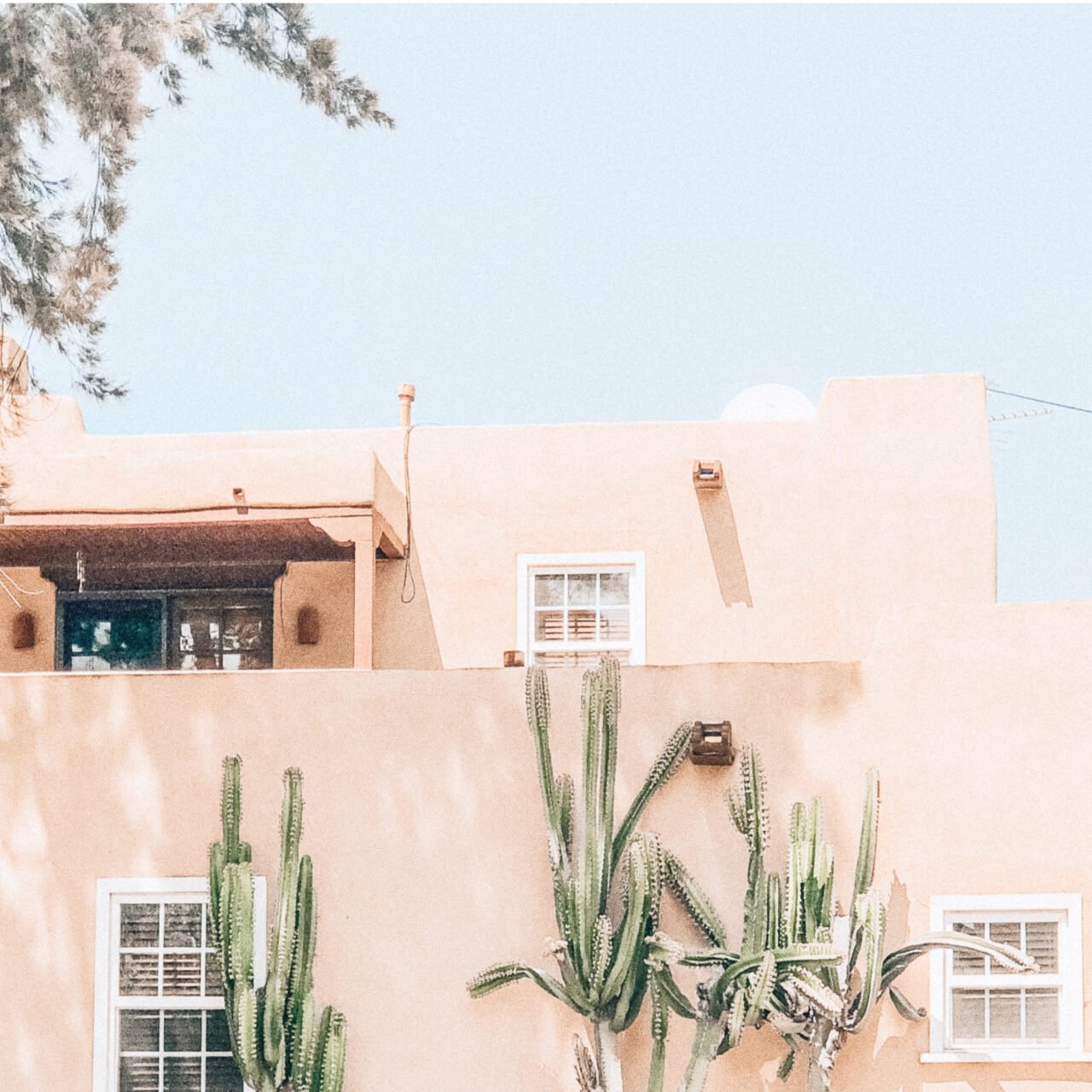Angel Rose Blog —

I'll tell you some fabulous fabrics here in PH
This blog is all about the Tapis of Kalinga wherein I'll show you what are some unique aspects that their fabrics has and how does it make their weaving really a high quality looking style.
External linkTapis of Kalinga
Have a great day!
What's cool with it?

Kalinga hand woven fabrics are characterized by dominant red stripes and motifs of geometric patterns with nature symbols interlaced with white yellow and black fibers. Originally woven in Lubuagan, the “ka-in” (wrap around skirt) is now more known as the Kalinga. It is worn by wrapping the cloth around one's waist and holding the ends together with the use of a tightly tied sash. It generally reaches down to knee length, and the weaving pattern of tapis describes the culture and temperament of the wearer's tribe. Among the dominant hues in traditional Kalinga weaving patterns are red, black, and yellow.

My View About The Tapis of Kalinga
Many villages are built around a central stone platform where social and spiritual rites are performed. These include the worship of deities and ancestors and the consecration of sculptural figures.
The carving of ancestral and religious figures, while today most prevalent among Ifugao men, was previously a practise shared by all communities of the Central Cordilleran mountain range. Textiles, on the other hand, are woven exclusively by women using backstrap looms. There has been a long and active trade in locally woven products, so many communities share techniques and an appreciation for similar motifs and colour schemes.
The basic dress for women across the Cordillera region consists of a skirt which is sometimes complemented with a jacket. While many motifs and colours are shared across the region, Kalinga clothing is particularly brightly coloured and is often dominated by bands of fiery red. This type of wraparound skirt is generally known as tapis in the Tagalog language and as kain to the Kalinga. It is characterised by horizontal stripes bordered by decorated panels along the joins and edges. In typical fashion, this example is further embellished with embroidery, beads and mother-of-pearl shells. The shells, which were an imported novelty for mountainous communities like the Kalinga, are attached so has to move and reflect light. This adds a dynamic element to the overall design of the skirt.

Recommendation #1
Write 1-2 sentences describing what followers will find when they tap the link.
External link
Recommendation #2
Write 1-2 sentences describing what followers will find when they tap the link.
External link
Recommendation #3
Write 1-2 sentences describing what followers will find when they tap the link.
External link